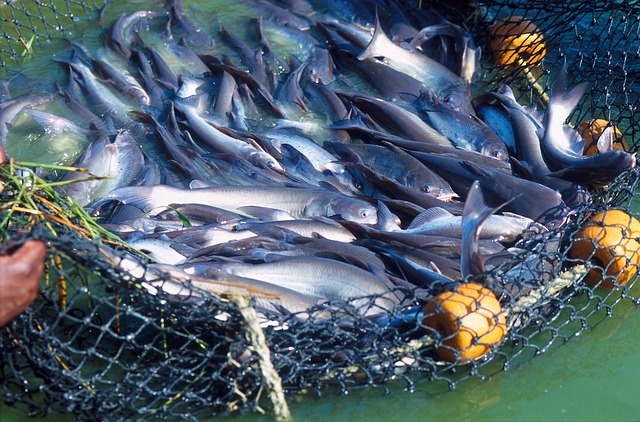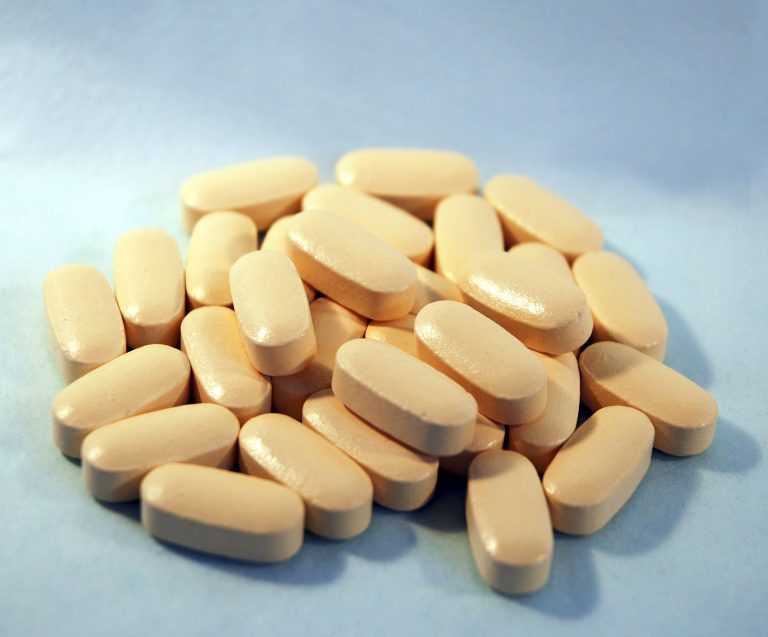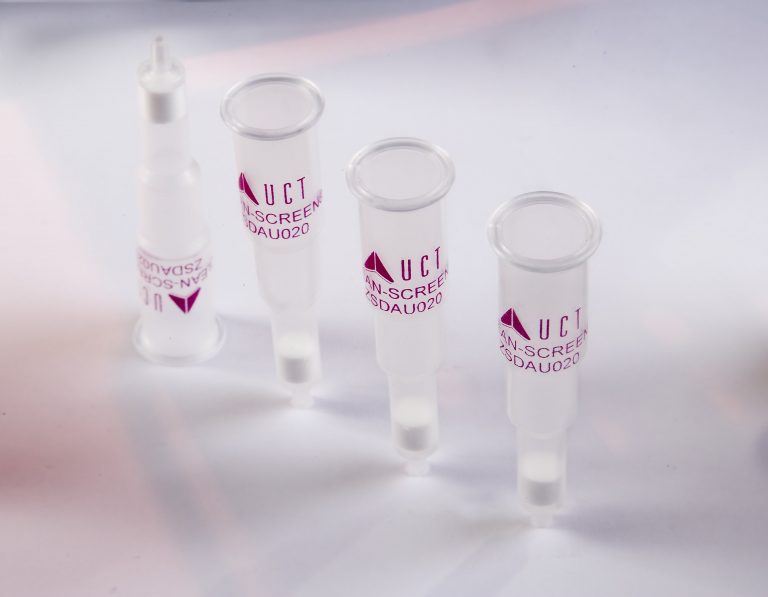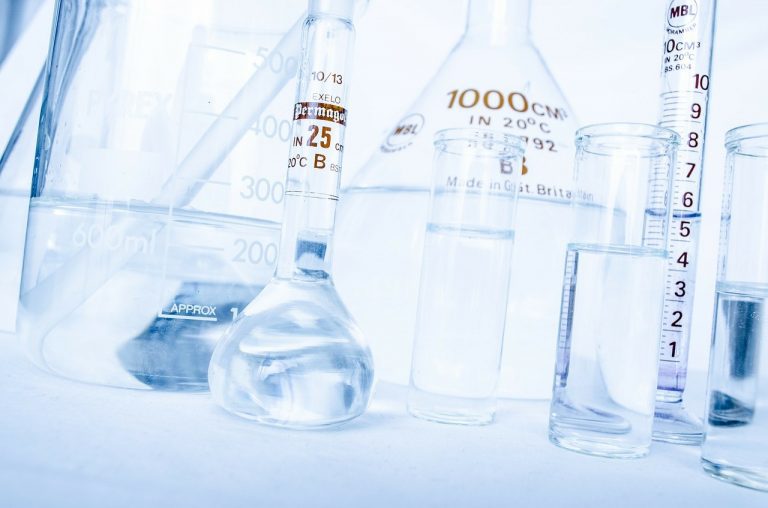UCT PSA Sorbent Cited in Sulfonamides and Trimethoprim Fish Analysis Paper
Brazil is one of the largest veterinary markets in the world, and aquaculture, in particular fish farming, is the fastest growing sector of animal food production in the country. In fish farming, antimicrobials, including sulfonamides, are used for the treatment of bacterial diseases. Sulfonamides belong to an important group of synthetic antimicrobial agents that have been used in human and veterinary medicine for over 60 years. Recently, these drugs have been extensively employed in animals intended to produce food for human consumption.
In a recent paper authored by Katia Nunes et al., published in Journal of Analytical Methods in Chemistry (doi.org/10.1155/2018/4506754), a multiresidue method for detecting and quantifying sulfonamides (sulfapyridine, sulfamerazine, sulfathiazole, sulfamethazine, sulfadimethoxine, sulfamethoxazole, and sulfamethoxypyridazine) and trimethoprim in tilapia fillet (Oreochromis niloticus) using liquid chromatography- mass spectrometry (LC-MS/MS) was developed and validated. The LC separation was performed using a C18 column and 0.1% formic acid in water and acetonitrile as the mobile phase in the isocratic elution mode.
The sample preparation was optimized using the QuEChERS approach. In the methodology, UCT’s Primary-Secondary Amine (PSA) was used in combination with anhydrous magnesium sulfate as an integral part of the dispersive solid phase extraction (dSPE) clean up procedure. Method validation was performed based on the Commission Decision 2002/657/EC and Brazilian guideline. The validation parameters evaluated were linearity (r2 ≥ 0.99); limits of detection (LOD) and quantification (LOQ), 1 ng/gm, and 5 ng/gm, respectively; intraday and interdays precision (CV lower than 19.4%).The decision limit (CCα 102.6–120.0 ng/gm and 70 ng/gm for sulfonamides and trimethoprim, respectively) and detection capability (CCβ 111.7–140.1 ng/gm and 89.9 ng/gm for sulfonamides and trimethoprim, respectively) were determined.
Analyses of tilapia fillet samples from fish exposed to sulfamethazine through feed (incurred samples) were conducted in order to evaluate the method. This new method was demonstrated to be fast, sensitive, and suitable for monitoring sulfonamides and trimethoprim in tilapia fillet in health surveillance programs, as well as to be used in pharmacokinetics and residue depletion studies.
For more information regarding UCT’s dSPE clean-up sorbent blends, visit https://sampleprep.unitedchem.com/products/quechers/dispersive-clean-up/dspe







